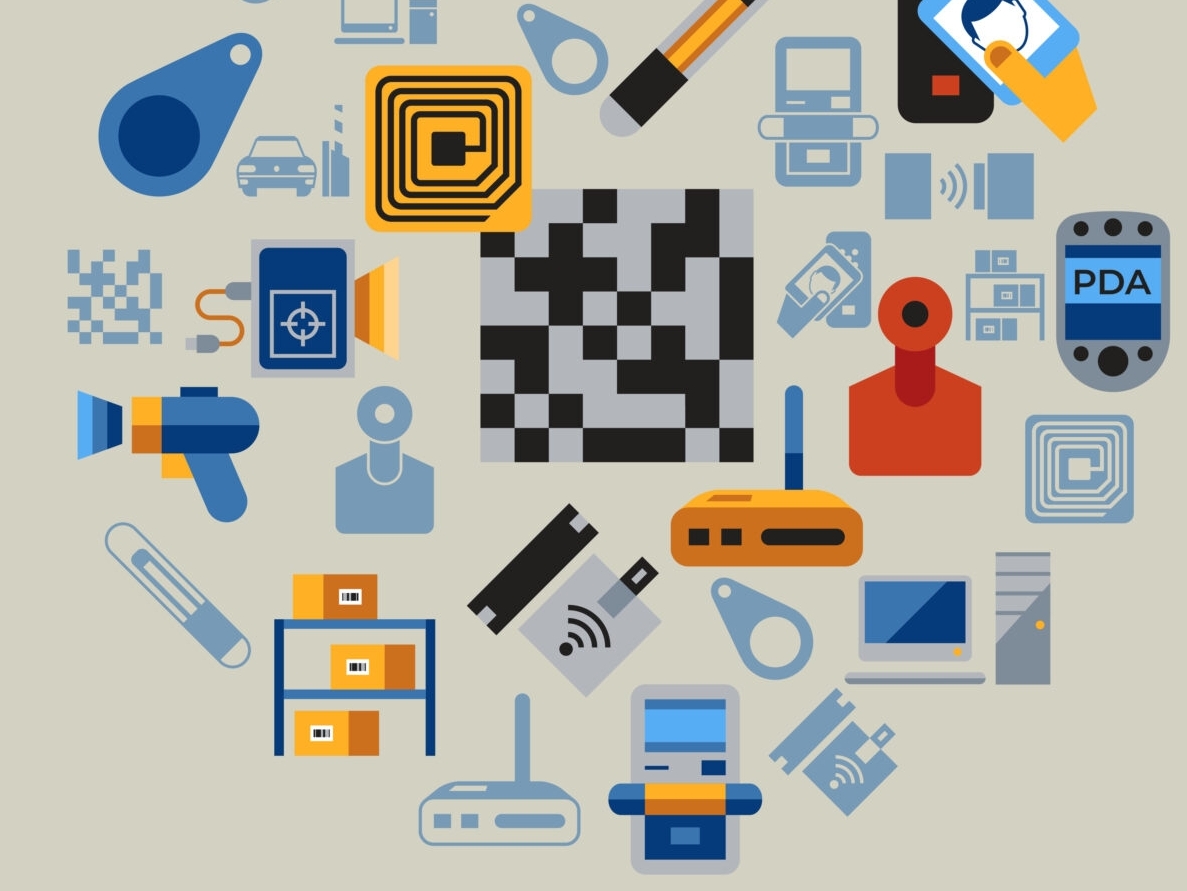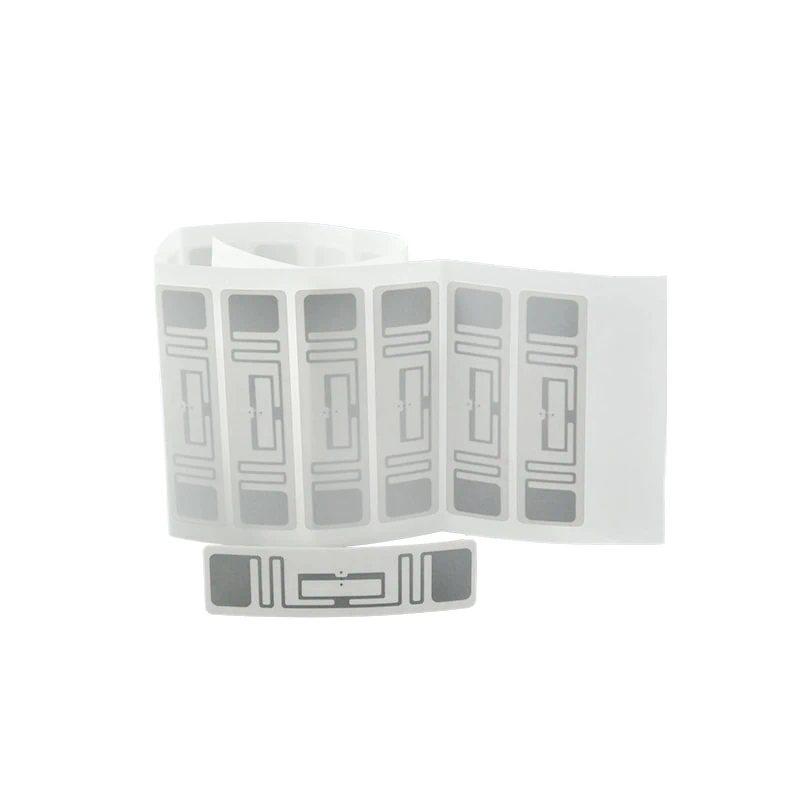In simple terms, the principle behind IC cards is based on RFID technology. However, RFID cards have a broader range, including ID cards, IC cards, NFC cards, and other electronic tags. The main difference between them lies in their operating frequency bands.
IC cards are categorized into contact and contactless types, both falling under the RFID category. Contact IC cards have their chip directly embedded on the card’s surface, while contactless IC cards consist of a chip and a coil, which can be further divided into COB wound copper wire, etched antennas, printed antennas, and more. The difference in their application is that the former needs to be inserted into a card reader during use, such as a bank card, while the latter only needs to be near the reader’s antenna to be read, like a transit card or access control card.
RFID cards refer to contactless electronic cards/tags, which include ID cards, IC cards, NFC cards, and other electronic cards/tags. The main difference among them lies in their operating frequency bands.
ID cards are early types of contactless electronic tags, operating at a frequency of 125 kHz. They only contain a single ID number and cannot store any data, which is why they are called ID cards.
IC cards, by definition, include RFID electronic tags other than ID cards and contact chip cards. However, in general usage, IC cards mainly refer to contactless smart cards and contact smart cards operating at a frequency of 13.56 MHz. Contactless smart cards also include NFC cards or tags (NFC Forum defines four types of cards as NFC cards), while contact smart cards have exposed chips.
RFID cards also include electronic cards/tags operating at other frequency bands, such as 915 MHz and 2.4 GHz.






